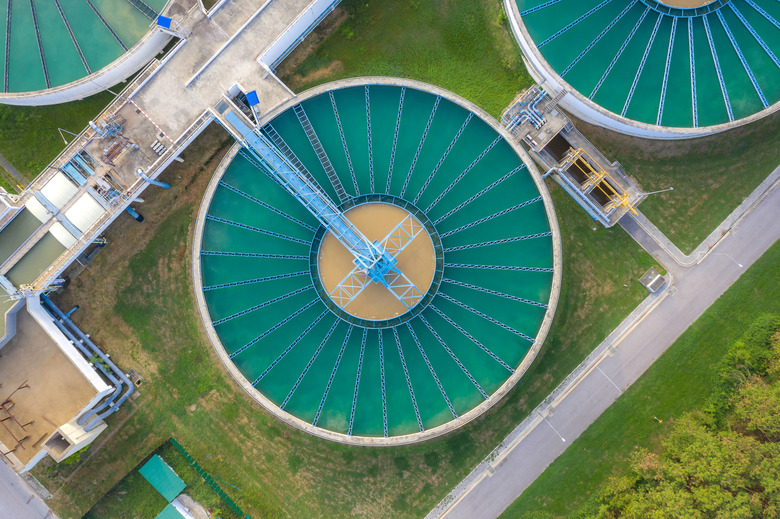What Is The Process Of Water Treatment?
Treatment of Wastewater
Treatment of Wastewater
Water treatment, also called sewage or domestic wastewater treatment, is a process by which pollutants are removed from household sewage and effluents (waste discharged from industrial plants, homes, factories). There are various processes utilized to remove these pollutants, including chemical and biological processes as well as physical ones. The resulting treated effluent should be clean enough to be discharged back into the environment or reused and the leftover solid waste disposed off. Effluent and sewage can be treated in various ways, from a home-based septic tank or aerobic treatment systems to a municipal treatment plant. When it goes to a municipality's station, it undergoes various stages of treatment including: pre treatment, primary, secondary and tertiary.
Pre-treatment
Pre-treatment
During pre-treatment, easily removable materials are separated or screened out, including grit (sand and gravel), oils, fats and greases, and larger objects (such as tampons or scraps of material).
Primary Treatment
Primary Treatment
During the primary treatment, the effluent is transported through primary clarifiers, which are large tanks where sludge settles to the bottom and greases and oils rise to the top (where they are skimmed off). During this process, the solids and liquids separate, with the solids settling to the bottom of the tanks. There they can be gathered and moved, and treated separately.
Secondary Treatment
Secondary Treatment
During the secondary treatment, aerobic biological processes (protozoa and bacteria that eat the biodegradable soluble organic contaminants) are used to break down the biological content of the effluent (human or food waste and soaps, among other things).
Tertiary Treatment
Tertiary Treatment
During the tertiary treatment, the quality of the effluent is raised through disinfection practices such as chlorination or the use of ozone or ultraviolet light, as well as some other methods such as sand filtration or putting effluent in highly aerobic lagoons or constructed wetlands. Chlorine is cheap and effective but can create carcinogenic compounds and/or effluent that is toxic to aquatic species (unless dechlorinated). Ultraviolet light creates water that's healthier for the environment. It's deadly to bacteria and viruses because it alters their genetic structure, making them incapable of reproducing. It isn't always effective if the water is cloudy and the pathogens are protected from the ultraviolet light. Ozone destroys pathogens because its instability and reactive nature cause it to oxidize most organic materials. Sometimes, a combination of tertiary treatments are used.
Cite This Article
MLA
Scully, Lizzy. "What Is The Process Of Water Treatment?" sciencing.com, https://www.sciencing.com/how-does-4910872-what-process-water-treatment/. 15 April 2009.
APA
Scully, Lizzy. (2009, April 15). What Is The Process Of Water Treatment?. sciencing.com. Retrieved from https://www.sciencing.com/how-does-4910872-what-process-water-treatment/
Chicago
Scully, Lizzy. What Is The Process Of Water Treatment? last modified August 30, 2022. https://www.sciencing.com/how-does-4910872-what-process-water-treatment/
